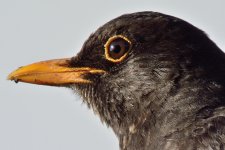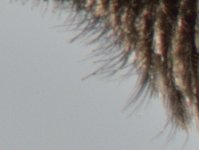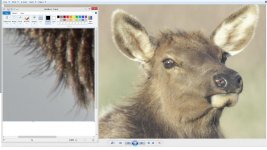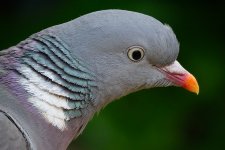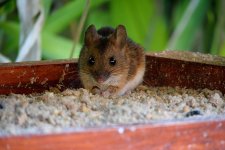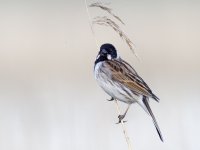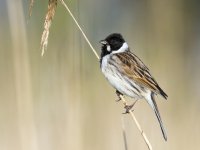Paul Corfield
Well-known member
Blackbird uncropped at 5X optical (3000mm). Bit hard to hand hold (tripod pan/tilt axis all undone). I'm going to get an articulated magic arm so that I can lock everything up really rigid for this high mag stuff. Will be good for astro photography too.
Paul.
Paul.




